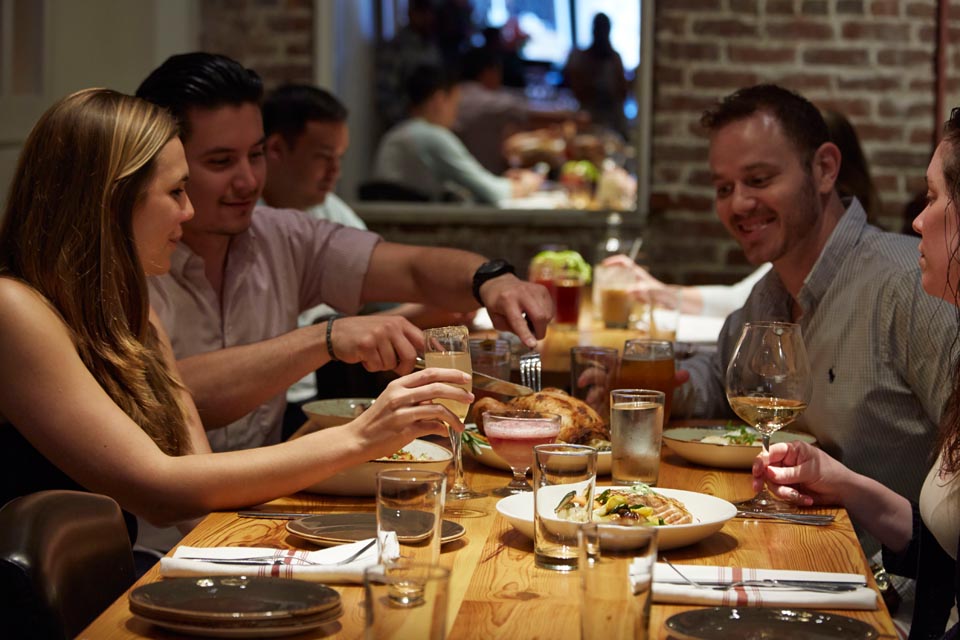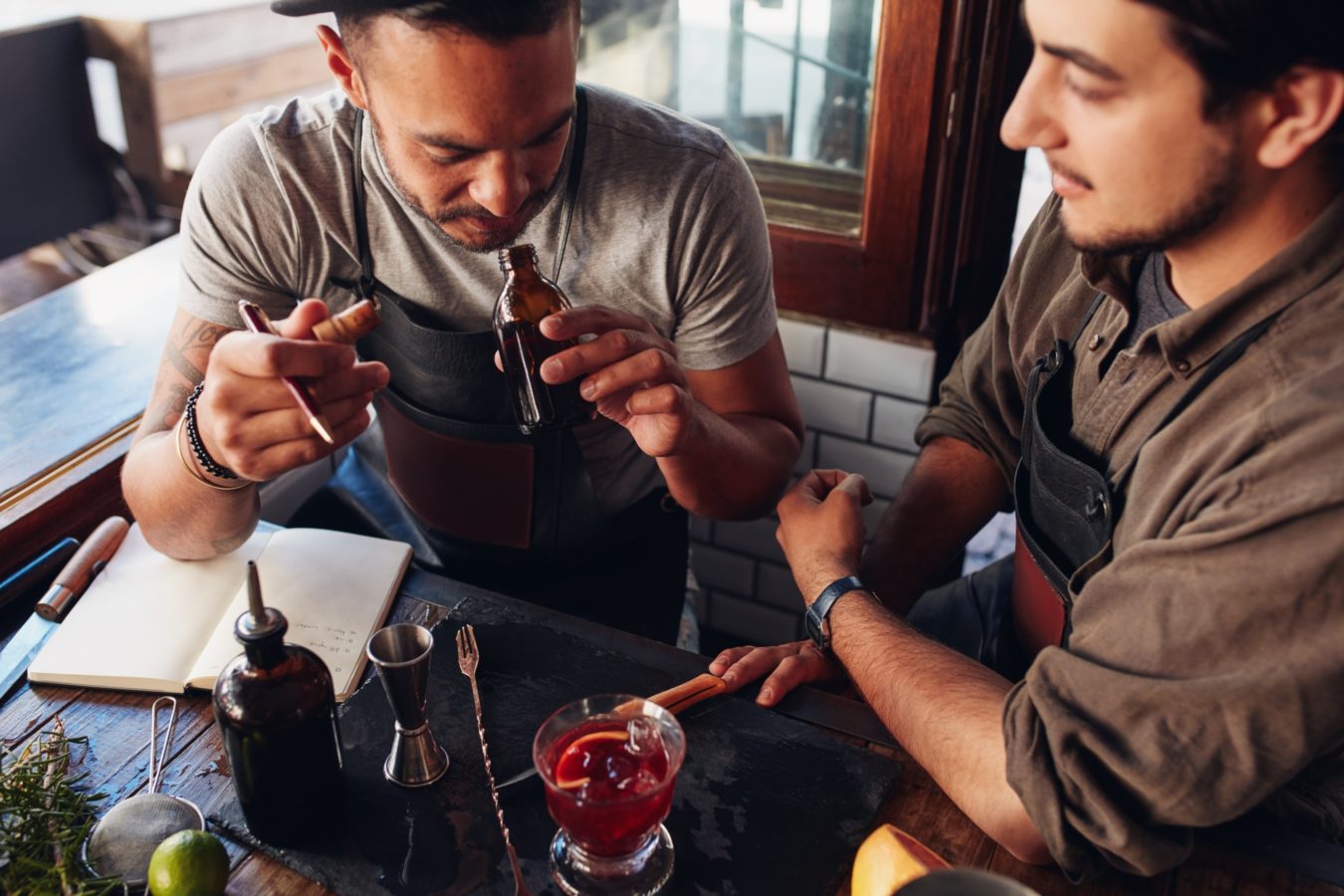
Rory Crawford
July 27, 2015
Product
Sitting Inventory
Sitting bar inventory can often be overlooked as profitable products that are waiting to be sold. While the ultimate hope for all sitting inventory is that it will (at some point) convert to sales—the simple fact is that until it does, it represents critical components in your business.
The next time you’re looking at all those full bottles sitting on your shelves, consider them in terms of three important factors: money, risk, and time.
Money
Each unused wine, spirit, beer, and other bar-related product represents cash sitting on your shelves—unusable cash. Sitting inventory ties up costs: you can’t use it to buy more inventory, and it’s not immediately counting toward your profits.
Consider a bar that stocks $40,000 in inventory at any given time, and sells, on a cost basis, $10,000 of product each week (commonly referred to as “usage”).
Based on this usage-to-inventory ratio, this bar is sitting on four weeks worth of inventory. Imagine reducing that sitting inventory to $30,000. The bar now has three weeks worth of inventory (still a plentiful amount of product to have), and that $10,000 reduction will immediately return to the owner’s pocket, becoming available to pay for other business expenses such as rent and payroll. That’s much more useful than sitting on the shelves.
SEE HOW BEVSPOT CAN HELP YOUR BAR
Risk
Now that we’re in the mindset of seeing our sitting inventory as money, let’s consider the risk associated with that money.
Think about how you use cash on a personal level. Most likely, the bulk of your money is secure in a safe or in a bank account. When you go to an ATM, you probably don’t take out too much at a time. This is because most of us, at some point or another, have learned the difficult lesson that it’s never a good idea to walk around with too much cash. Maybe it was that time your wallet was stolen in Europe, or that night when you bought a round of drinks for… everyone at the bar. Either way we know, it is never fun to lose money.
Apply this same logic to your bar—that inventory sitting on your shelves is always at risk, risk of being broken, stolen, or mysteriously going missing. In this case, not only is your sitting inventory tying up cash that you could be putting back into your business, it’s actually increasing your costs and lowering your profits.
Time
Any bar manager will say that taking inventory is the most tedious and time-consuming part of the job. Each bottle, can, and keg represents the time required to count it each week or month.
By reducing your inventory, you’re also directly reducing the time required to take inventory, thus freeing up valuable hours to focus on more important activities that generate greater sales and profit for your business (or a few extra hours of much-needed sleep).
The next time you complete an inventory, think about the money, risk, and time your product represents and take active steps to reduce your inventory levels. This will improve your business by making it easier to manage, and generate greater profits. The most successful accounts we work with have the lowest levels of sitting inventory because they understand these dynamics and strive to run at the most efficient inventory levels possible.
Schedule 15mins to chat with a product specialist
Start a FREE Trial Today! BevSpot offers full product education and account setup for all customers! No card Information needed!





